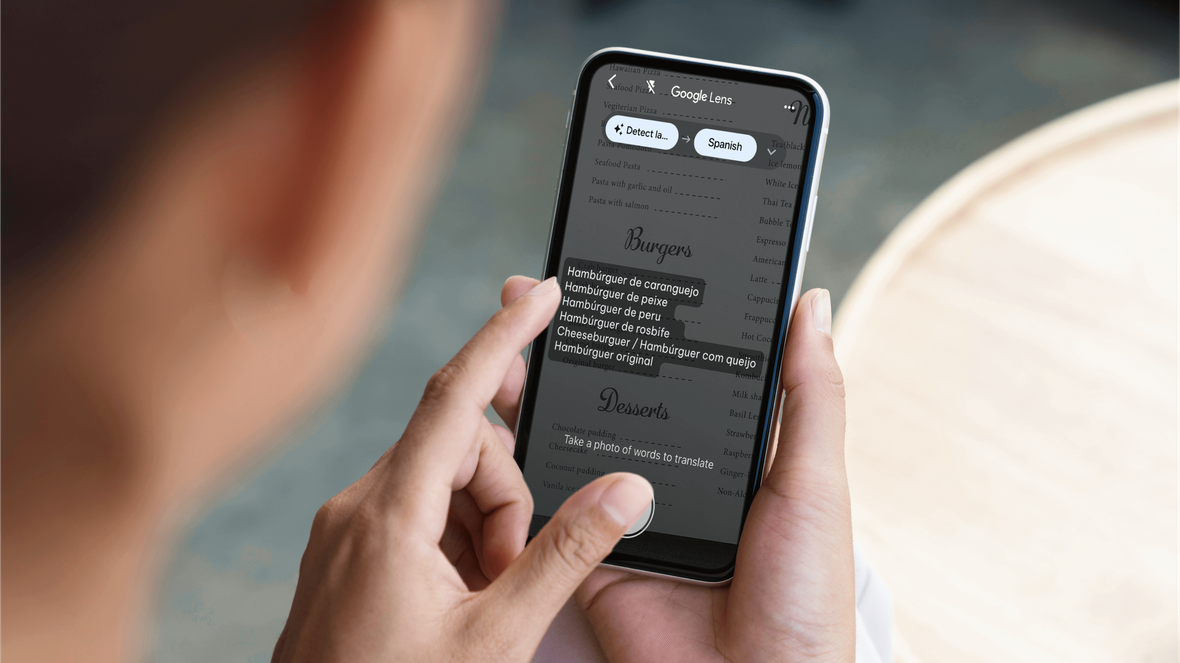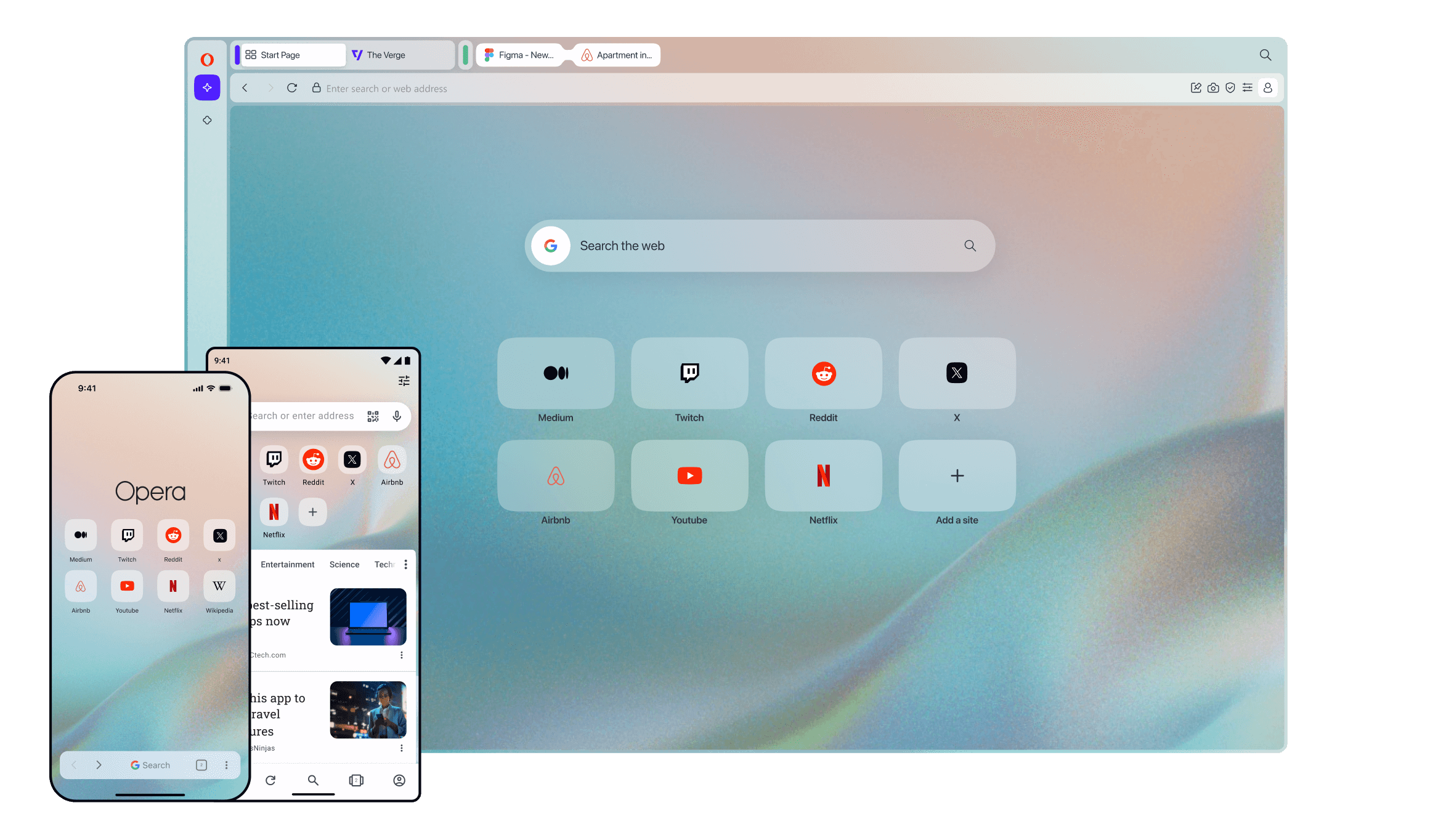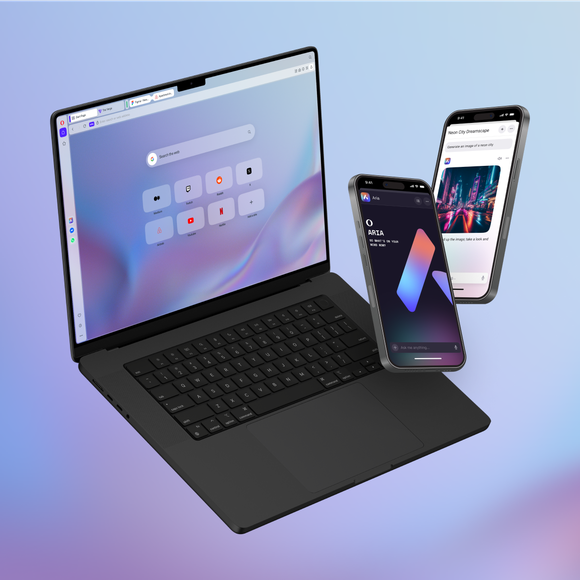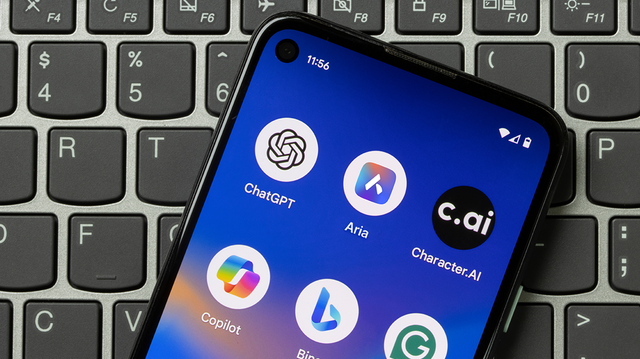How AI helps with translation and breaks language barriers

In our globalized world the ability to communicate in multiple languages is a huge advantage, opening doors in travel, business, or cultural contexts. But mastering new languages the traditional way is a long and tiring process, out of reach for the majority. These language barriers limit the flow of information and global cooperation, and can affect anything from trade and diplomacy to tourism and simple cultural exchange.
Luckily, with AI-powered translation tools, communication is easier than ever before. Instant text translation, speech recognition, and even image understanding available directly on our phones make connecting with people around the world simple and effortless, no matter if it’s for travel, business, or personal interactions. Thanks to the advancements in artificial intelligence technology, the challenges that once limited global interaction are no longer so significant, allowing anyone with internet access to engage with the world without years of language study.
Evolution of translation technology
Translation has existed as long as language, and more refined translation processes were already taking shape in early civilizations like Mesopotamia or by Buddhist monks. A major turning point came with Septuagint, the translation of the Bible from Hebrew into Greek in the 3rd century BC, which set the precedent for future Bible translations in various languages. Religion had a great impact in expanding the demand for translation, with important figures such as St. Jerome contributing to big translation projects, like the translation of the Latin Bible.
The printing press sparked a revolution in language and literacy, as works were translated and printed in multiple languages. Soon, with globalization and the economy expanding, translation services became crucial for business and trade. Today’s advancements in machine translation and artificial intelligence have nearly automated the process, and translation studies have evolved into an academic discipline. Translation is an evergrowing need, enabling communication, holding importance in academia, and fostering cross-cultural interactions.
How AI-based translation works
Artificial intelligence mechanisms rely on Neural Machine Translation (NMT) to refine language precision and context sensitivity. NMT uses AI and neural network techniques for word prediction and to translate text. It processes whole sentences to capture nuances, all to provide more fluent and adequate translations.
AI-powered models also use large datasets, and integrate translation memories and glossaries to improve consistency, minimise bias and strengthen context-awareness. All to make sure translations are not only correct, but also culturally relevant and similar to human language patterns. The combination of speech recognition and NMT allows instant text and speech translation, enabling smooth communication across different languages. This is particularly valuable in international business, customer service, or diplomacy, where immediate understanding is crucial.


AI translation tools
By leveraging AI, translation tools use advanced algorithms to provide accurate, precise, and context-aware translations, making communication easier and more efficient. They’re designed to overcome language barriers, whether translating speech, simple text, or large and complex documents. Here are some top recommendations available today:
DeepL
DeepL is excellent for translating longer documents, offering detailed and high-quality results. The free version has a character limit, while DeepL Pro offers unlimited translations starting at $8/month.
Google Translate
Google Translate supports over 200 languages, and is best for quick text, voice, and image translation. It’s free to use with no character limit, available both as an app and directly in your browser.
Aria
Aria, Opera’s AI chatbot, assists with web searches and contextual help while browsing. It uses AI for quick translations that don’t interrupt your browsing. It's completely free, doesn’t have a character limit, and is built into all Opera browsers.
Bing Translator
Bing is integrated into Microsoft products and supports over 100 languages, with features like voice translation and real-time text translation. It’s helpful for both personal and professional users, and free to use with no character limit.
Smartling
Smartling is an AI-driven platform for businesses needing to maintain consistent brand messaging in multiple regions. It translates websites, apps, or marketing copy, and helps with content localization, with pricing based on usage and services.
Lokalise
Lokalise is perfect for businesses that need to automate and localize their products, as it helps with automating translations for apps, websites, and software, and works with tools like GitHub and Figma. There’s a free trial, and pricing starts at $120/month.
SYSTRAN
SYSTRAN specializes in AI-driven translations for the legal, financial, and healthcare industries, as well as other fields that require technical and specialized translations. It offers a free plan, with Pro starting at $25/month.


The future of AI-powered translation
With the continuous advancements in AI models already happening, AI-supported translation models will only improve, using neural machine translation to provide even more accurate and cost-effective solutions. Human expertise still plays an important role, blended with advanced technology to ensure high-quality results. AI is also expected to create new job opportunities, in fields like localization and editing. Areas such as voice translation and subtitling, are predicted to improve too.
AI translation technology is already benefiting travelers, businesspeople, students, and families in multilingual environments, especially in emergencies where quick communication can prevent misunderstandings or setbacks. As these models progress and improve, we expect them to offer even bigger benefits.
Related articles
Zasługujesz na lepszą przeglądarkę
Darmowy VPN, Ad blocker, przesyłanie plików Flow. To tylko kilka z funkcji must-have wbudowanych w Operę, abyś mógł przeglądać sieć szybciej, płynniej i w większym skupieniu, a tym samym poprawić Twoje doświadczenia online.


Press Contacts!
Our press team loves working with journalists from around the world. If you’re a member of the media and would like to talk, please get in touch with us by sending an email to one of our team members or to press-team@opera.com




